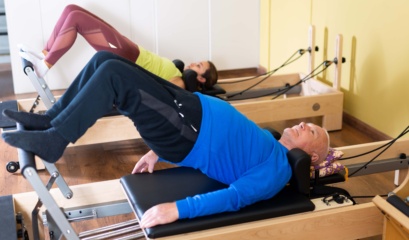This article covers the top 3 exercises for tennis elbow rehabilitation as chosen by our team of physiotherapists.
What Is Tennis Elbow?
Tennis elbow is a painful condition caused by the overuse of your forearm muscles where they attach to the elbow joint. Over time, your forearm muscles become tight and pull on their attachment point in the elbow, causing micro-tears and inflammation. If you don’t treat tennis elbow in the early stages, it can become quite a stubborn injury to try and heal.
The best remedy to reduce pain associated with tennis elbow is to rehabilitate the area with a physiotherapist-prescribed strengthening and stretching program, and we’re here to help you get started.
Remember that each individual case of tennis elbow is different and will have different causative factors so it is important to consult your physiotherapist prior to beginning these exercises for tennis elbow. Try our online physiotherapy today and see how we can help you.
The top 3 at home exercises for tennis elbow
1. Gentle Forearm Stretches
The number one exercise for tennis elbow is to gently stretch the forearm muscles on the top of the forearm, called the extensor muscles.
To do this:
- Gently tuck your thumb into your hand and then rotate your forearm inwards.
- Then apply gentle pressure on your wrist and continue to turn your arm inwards until you feel a stretch on the upper forearm.
Hold this stretch for 20 seconds, resting for 5 seconds and then repeat this 4 more times to ensure an adequate but gentle stretch of the forearm.
You should aim to repeat 5 sets of this stretches at least 3 times per day.
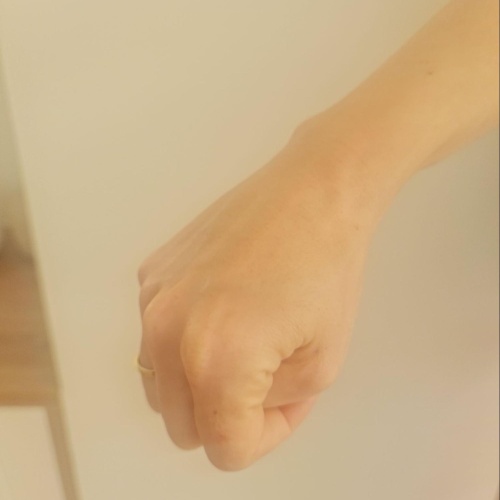
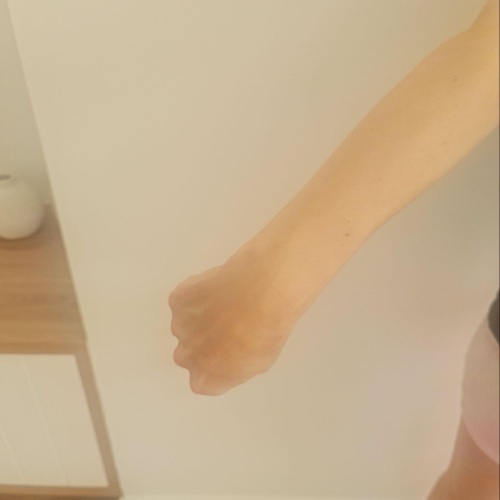
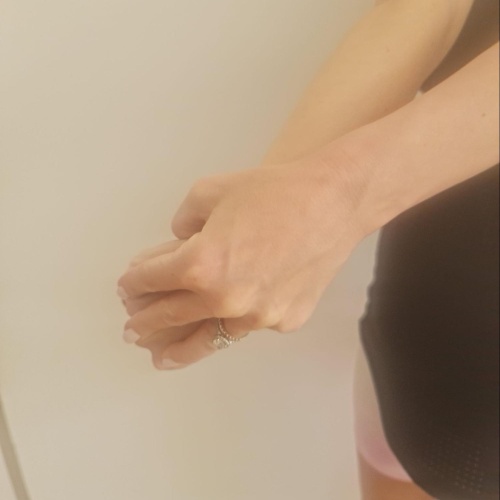
2. Eccentric forearm strengthening
The second exercise for tennis elbow that we recommend is an eccentric forearm strengthening exercise.
In order to complete this exercise, you’ll need a small dumbbell, approximately 1 – 1.5kg.
To do this:
- On a desk, place a small, rolled up towel underneath your wrist and allow your hand to hang over the desk in a neutral position.
- Gently lower the hand, whilst holding the dumbbell until your wrist cannot flex any further.
- Then, with your other hand, grab the entire hand and dumbbell and lift it up into the maximum extended position. It is really important that as you transition from the fully flexed position to the fully extended position, you do not use the muscles in your sore arm to help lift it up. The idea is to make the lift completely passive.
- Gently lower the hand and dumbbell down to the flexed position, controlling the descent.
Repeat 15 times, perform 3 sets, and aim to complete this three times per day.
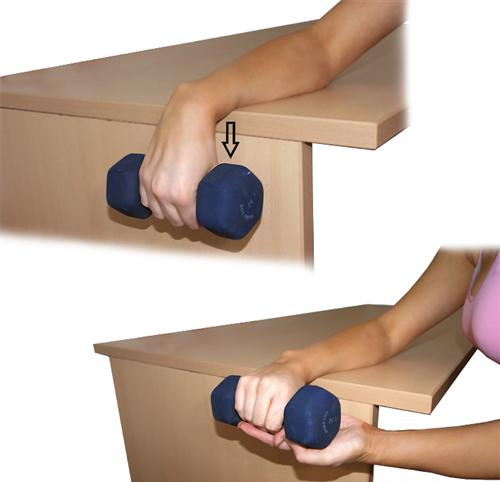
3. Neck rotation exercises
The final exercise for tennis elbow which we recommend is slightly different as we will be focusing on the neck.
The nerves in the neck can often impact the way the elbow works. Put simply, quite often tennis elbow is associated with a stiff and sore neck.
To do this:
- Gently turn your head side to side as if you were saying ‘no’.
- Please remember to not push through any pain, just gently push into resistance and then rotate to the other side. Please cease the exercise if you have any dizziness.
Perform 10 repetitions (5 on each side) and complete this exercise 3 – 4 times per day.

If you need more physio exercises for tennis elbow, contact Benchmark Physiotherapy
These three exercises for tennis elbow will help reduce the pain and improve the function of your elbow. Please remember to consult a physiotherapist before completing any of these exercises.
Benchmark Physiotherapy has a number of clinics around Sydney and we are experts in treating tennis elbow so feel free to contact us for further information or come and see one of our team members to help you move from pain to performance!





